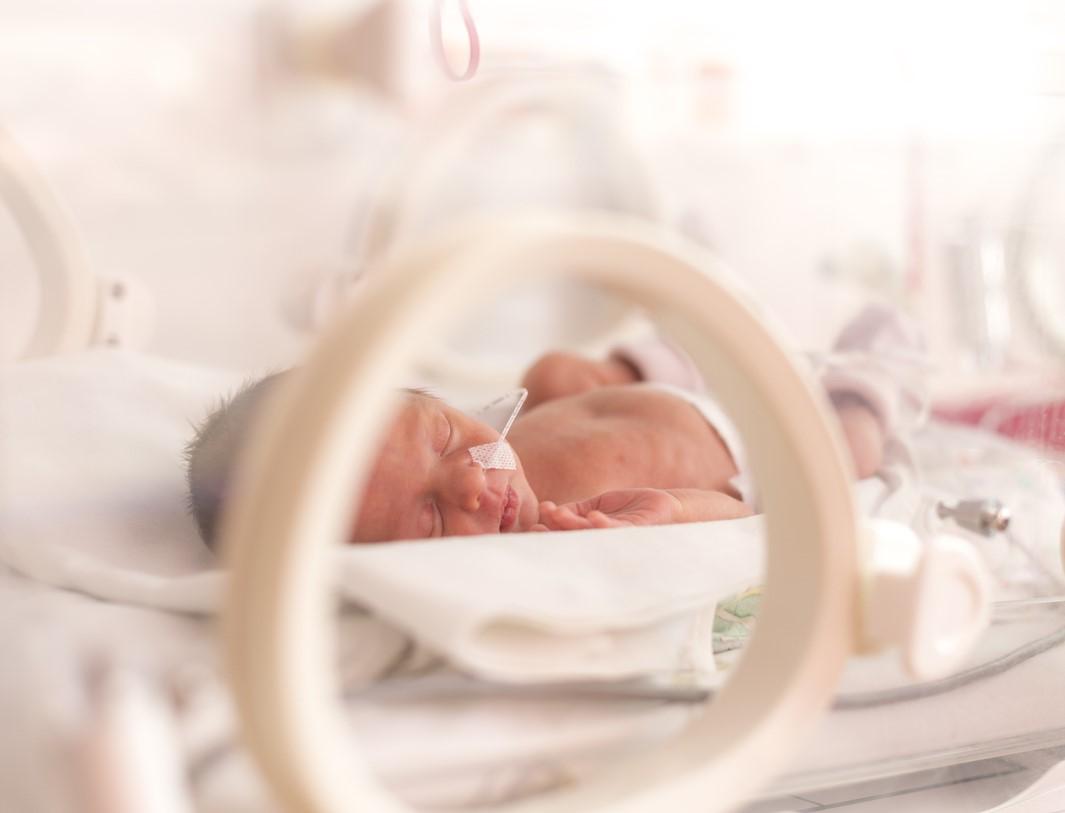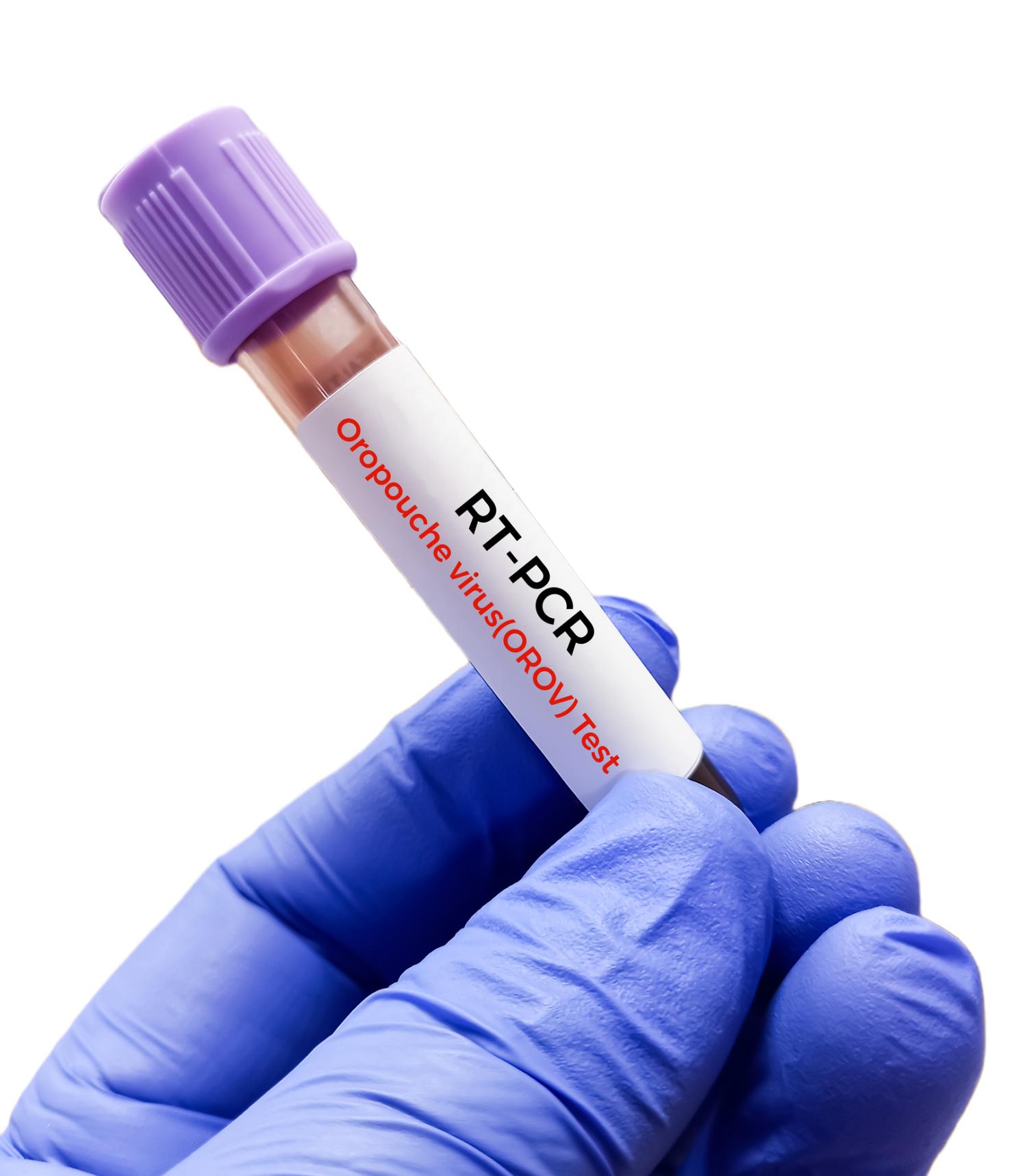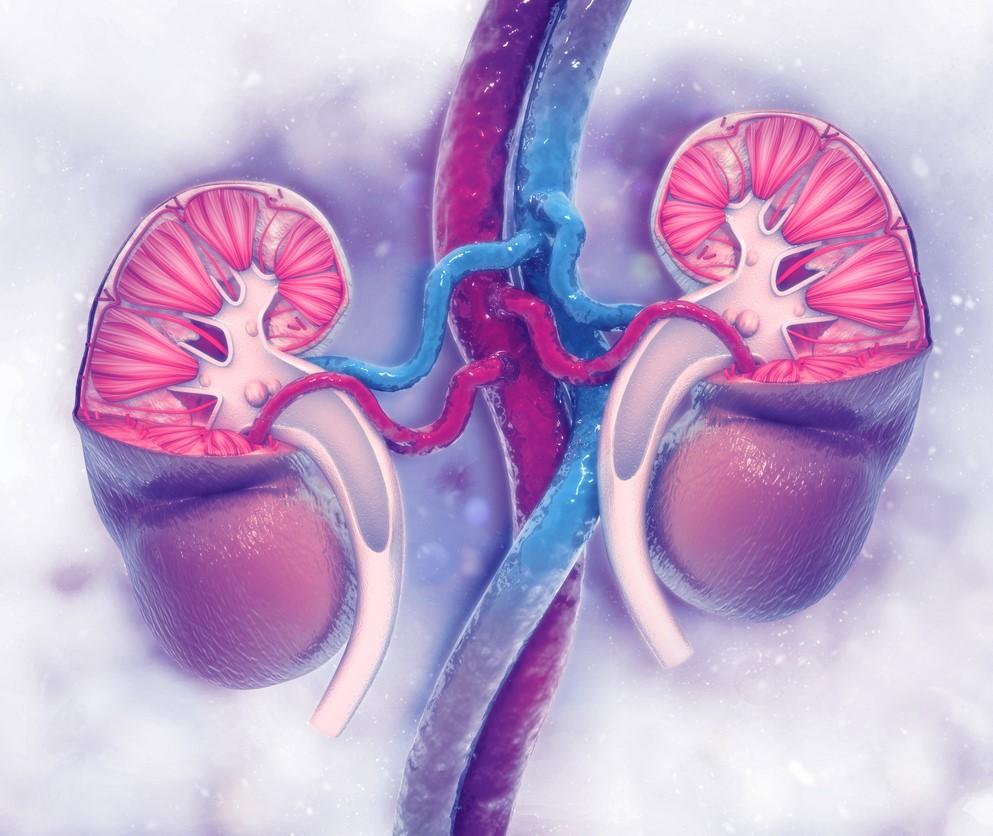
A study of infants hospitalized in US neonatal intensive care units (NICUs) shows that low–birth-weight infants are highly vulnerable to invasive Staphylococcus aureus infections, researchers reported yesterday in JAMA Pediatrics.
Using data from a national convenience sample of 315 US NICUs from 2016 through 2021, researchers from Johns Hopkins University School of Medicine found that 1,724 (0.4%) of 468,201 infants experienced a late-onset invasive S aureus infection during their NICU admission, with a total of 1,762 events, most of which were bloodstream infections (85.4%).
Most infants with invasive infections were 32 weeks' gestational age or younger (80.9%), very low birth weight (VLBW) (76.5%), and/or had a central line during their hospital stay (87.5%).
The incidence rate was 37.6 infections per 10,000 hospitalized infants, and 12.1% of infected infants died. Birth weight was inversely correlated with incidence, with VLBW infants—who comprised only 12.7% of the total cohort—experiencing a more than 20-fold higher incidence relative to infants born weighing at least 1,500 grams (3.3 pounds; 227.1 vs 10.1 infections per 10,000 infants). In addition, most deaths following invasive infection (90.4%) occurred in VLBW infants.
The estimated absolute difference in 7-day all-cause mortality in infants with an invasive S aureus infection compared with matched controls was 5.3% (95% confidence interval [CI], 3.8% to 6.8%).
Novel approaches needed to reduce incidence in VLBW infants
The study authors note that the incidence rate of invasive S aureus infection in US NICUs has declined from the previous estimate of 44.8 infections per 10,000 hospitalized infants, which was based on data from 1997 to 2012. They attribute the decline to an expansion of S aureus prevention programs in US NICUs. But the incidence rate among VLBW infants has remained relatively stable.
"Late-onset invasive S aureus is an important contributor to disease burden in hospitalized infants, especially among infants with VLBW," they wrote. "Future research directions for infection prevention and control in the NICU should focus on investigating novel approaches to limit disease burden in infants with VLBW to decrease S aureus–attributable morbidity and mortality."



.jpg)














